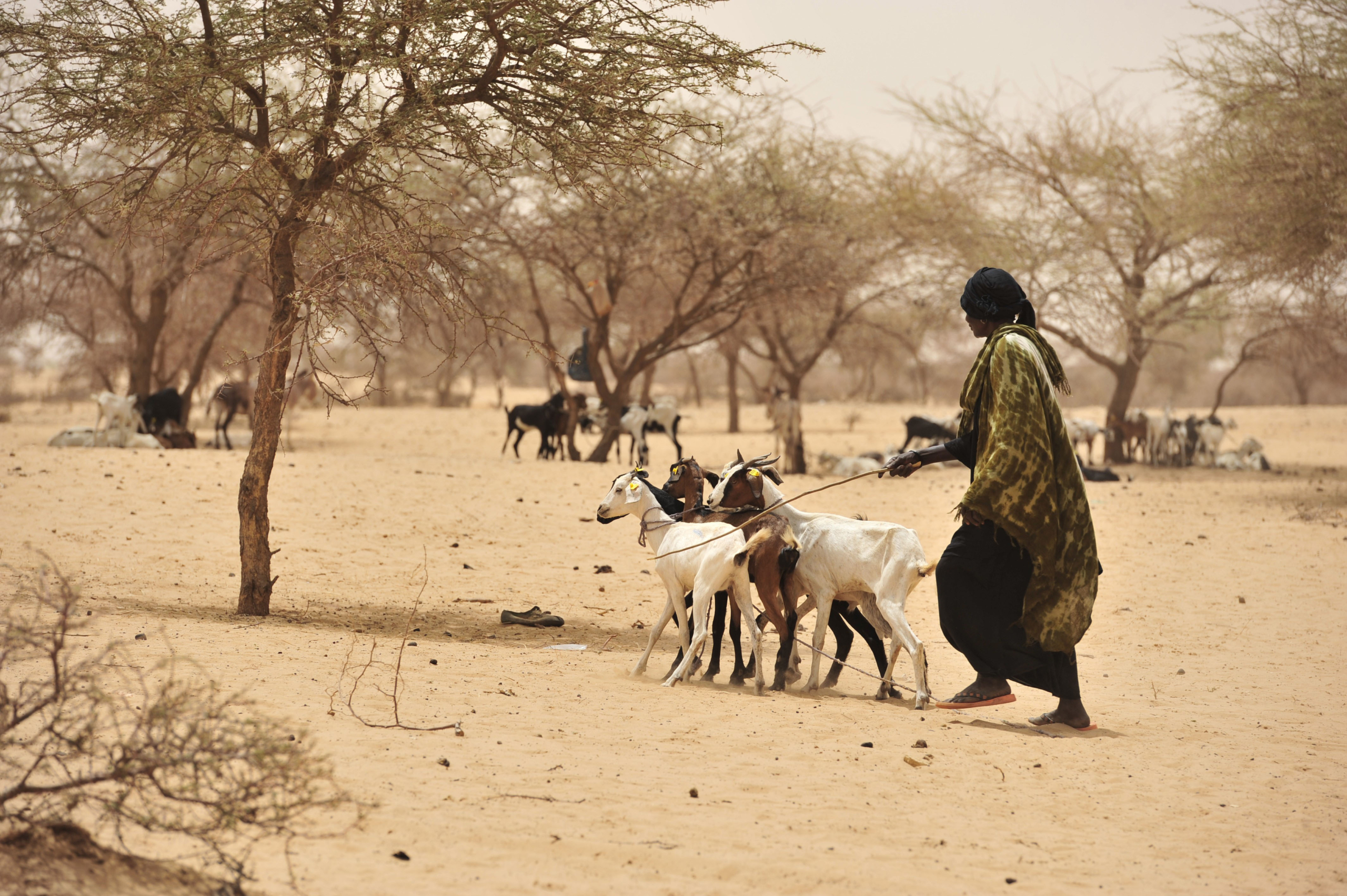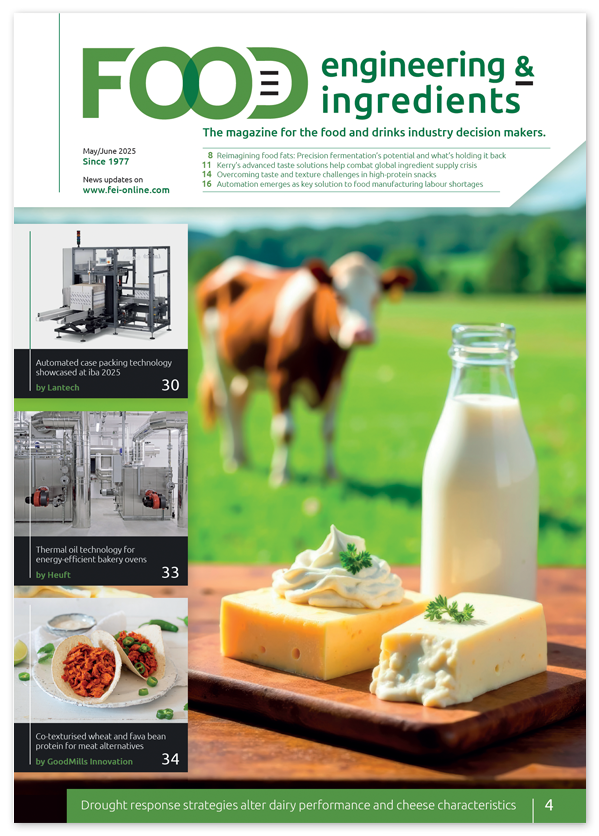FAO, WFP warn of looming widespread food crisis as hunger threatens stability in dozens of countries
The Food and Agriculture Organization of the United Nations (FAO) and the United Nations World Food Programme (WFP) have issued a stark warning of multiple, looming food crises, driven by conflict, climate shocks, the fallout from the COVID-19 pandemic, and massive public debt burdens. In addition, they warn that this has been exacerbated by the ripple effects of the Russian invasion of Ukraine which has pushed up food and fuel prices in many countries around the world.
The report ‘Hunger Hotspots – FAO-WFP early warnings on acute food insecurity’ [1] issued 6 June 2022 calls for urgent humanitarian action in 20 ‘hunger hotspots’ where acute hunger is expected to worsen from June-September 2022 – in an effort to prevent famine. The report warns that the war in Ukraine has exacerbated the already steadily rising food and energy prices worldwide, which are already affecting economic stability across all regions. The effects are expected to be particularly acute where economic instability and spiralling prices combine with drops in food production due to climate shocks such as recurrent droughts or flooding.
“We are deeply concerned about the combined impacts of overlapping crises jeopardizing people’s ability to produce and access foods, pushing millions more into extreme levels of acute food insecurity,” said Qu Dongyu, FAO Director-General. “We are in a race against time to help farmers in the most affected countries, including by rapidly increasing potential food production and boosting their resilience in the face of challenges.”
David Beasley, WFP Executive Director, warned: “We’re facing a perfect storm that is not just going to hurt the poorest of the poor – it’s also going to overwhelm millions of families who until now have just about kept their heads above water. “Conditions now are much worse than during the Arab Spring in 2011 and 2007-2008 food price crisis, when 48 countries were rocked by political unrest, riots and protests. We’ve already seen what’s
happening in Indonesia, Pakistan, Peru, and Sri Lanka – that’s just the tip of the iceberg. We have solutions. But we need to act, and act fast,” he warned.
Key findings
The report finds that – alongside conflict – frequent and recurring climate shocks continue to drive acute hunger and shows that we have entered a ‘new normal’ where droughts, flooding, hurricanes, and cyclones repeatedly decimate farming and livestock rearing, drive population displacement and push millions to the brink in countries across the world. The report warns that worrisome climatic trends linked to La Niña since late 2020 are expected to continue through 2022, driving up humanitarian needs and acute hunger. An unprecedented drought in East Africa affecting Somalia, Ethiopia and Kenya is leading to a fourth consecutive below-average rainfall season, while South Sudan will face its fourth consecutive year of large-scale flooding, which will likely continue to drive people from their homes and devastate crops and livestock production. The report also expects above-average rains and a risk of localized flooding in the Sahel, a more intense hurricane season in the Caribbean, and belowaverage rains in Afghanistan – which is already reeling from multiple seasons of drought, violence and political upheaval.
The report also emphasises the urgency of the dire macroeconomic conditions in several countries – brought on by the fallout from the
COVID-19 pandemic and exacerbated by the recent upheaval in global food and energy markets. These conditions are causing dramatic
income losses among the poorest communities and are straining the capacity of national governments to fund social safety nets,
income-supporting measures, and the import of essential goods.
According to the report, Ethiopia, Nigeria, South Sudan and Yemen remain at ‘highest alert’ as hotspots with catastrophic conditions, and Afghanistan and Somalia are new entries to this worrisome category since the last hotspots report released January 2022. These six countries all have parts of the population facing IPC phase 5 ‘Catastrophe’ or at risk of deterioration towards catastrophic conditions, with up to 750,000 people facing starvation and death. 400,000 of these are in Ethiopia’s Tigray region – the highest number on record in one country since the famine in Somalia in 2011.
The Democratic Republic of the Congo, Haiti, the Sahel, the Sudan and Syria remain ‘of very high concern’ with deteriorating critical conditions, as in the previous edition of this report – with Kenya a new entry to the list. Sri Lanka, West African coastal countries (Benin, Cabo Verde and Guinea), Ukraine and Zimbabwe have been added to the list of hotspots countries, joining Angola, Lebanon, Madagascar, and Mozambique which continue to be hunger hotspots – according to the report.
Scaling up anticipatory action
The report provides concrete country-specific recommendations on priorities for immediate humanitarian response to save lives, prevent famine and protect livelihoods, as well as anticipatory action. The recent G7 commitment [2] highlighted the importance of strengthening anticipatory action in humanitarian and development assistance – ensuring predictable hazards don’t become full-blown humanitarian disasters.
FAO and WFP have partnered to ramp up the scale and reach of anticipatory action, to protect communities’ lives, food security and
livelihoods before they need life-saving assistance in the critical window between an early warning and a shock. Identified through forward-looking analysis, the ‘hunger hotspots’ have the potential for acute food insecurity to increase during the outlook period. The hotspots are selected through a consensus-based process involving WFP and FAO field and technical teams, alongside analysts specialized in conflict, economic risks and natural hazards.
The report is part of a series of analytical products produced under the Global Network Against Food Crises, to enhance and coordinate the generation and sharing of evidence-based information and analysis for preventing and addressing food crises.
References
1. ‘Hunger Hotspots – FAO-WFP early warnings on acute food insecurity’ report http://www.fao.org/3/cc0364en/cc0364en.pdf
2. https://www.auswaertiges-amt.de/en/newsroom/news/g7-anticipatory-action/2531236




